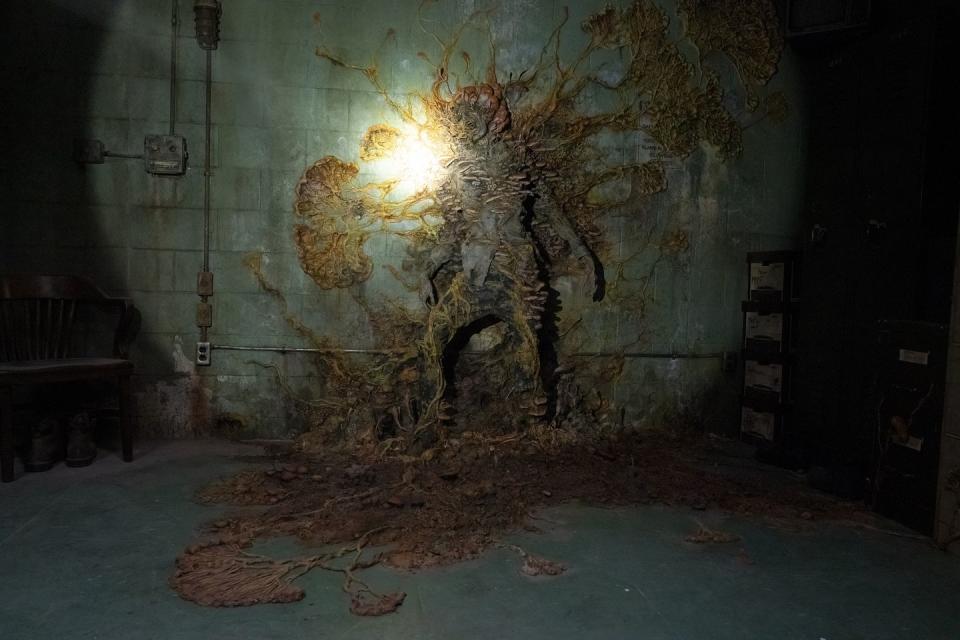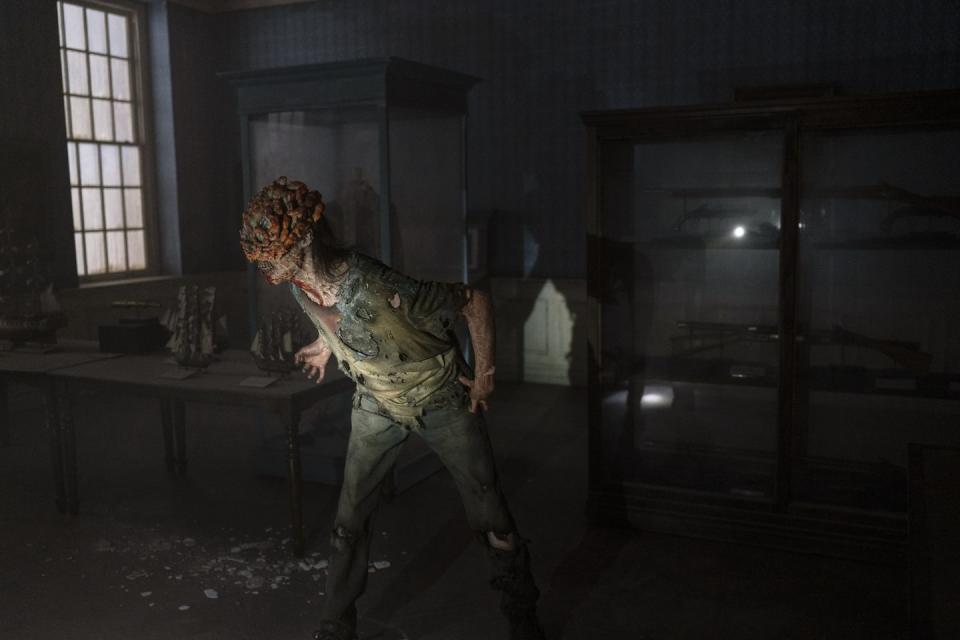Here Are All the Different Types of Infected on "The Last of Us"

- Oops!Something went wrong.Please try again later.
- Oops!Something went wrong.Please try again later.
"Hearst Magazines and Yahoo may earn commission or revenue on some items through the links below."
We're not even one full month into 2023 yet and HBO is already out here with what will surely be one of the best TV series of the year.
The network's newest hit, The Last of Us, based on the 2013 Sony action-adventure/horror video game of the same name, is set in a post-apocalyptic world.
Two decades after the planet is ravaged by a global pandemic (oof) involving a fungal infection called Cordyceps, a smuggler named Joel (Pedro Pascal) is tasked with transporting teenager Ellie (Bella Ramsey) across the U.S. Ellie is seemingly immune to the infection, making her humanity's best chance at developing a vaccine and ending this nightmare.

FYI, if Pedro and Bella look familiar to you, that's because they were both on another HBO series, Game of Thrones, playing Oberyn Martell and Lyanna Mormont, respectively.
Like the video game, the TV show adaptation features six different stages being infected by the fungus. However, as Gaming Intel points out, only four of the six types have appeared on the series so far, with the other two possibly showing up on Season 2.
Runners
After a person first becomes infected, usually within two days of coming into contact with the disease, they turn into a Runner, a zombie that can move quickly. Though their speed is impressive, Runners are the weakest of the infected forms. They are also the most human.
Stalkers
An infected person goes from a Runner to a Stalker after anywhere between two weeks to a year. Stalkers are just as fast as Runners, but they can also attach themselves to walls to allow the fungus to fester until an unsuspecting victim walks past them. Once that happens, a Stalker breaks free from the wall and pounces on their prey.

Clickers
Stage three of the infection takes at least one year to manifest. Once Stalkers transform into Clickers, the infected has become blind and must use echolocation to find prey. (Echolocation is something creatures such as bats do to find food. Some humans "can also echolocate by clicking their tongues," according to National Geographic.) While losing vision is a downside to this stage, Clickers gain more strength due to the prolonged exposure to the infection. Moreover, Clickers are super intelligent.

Bloaters
The fourth stage takes several years to reach, making them rare to encounter. Bloaters are insanely strong, thanks to the thick layers of the fungus acting as a type of body armor, but they are slow-moving. Like Clickers, Bloaters also use echolocation, but their ability isn't nearly as successful because of all the layers on their face.
Shamblers
This alternate fourth stage didn't appear in the original video game, instead making its debut in the 2020 sequel, The Last of Us Part II. Shamblers are people who've been infected for years and thrive in water. Per Dexerto, Shamblers have a trump card they use if they die. "Upon being defeated a Shambler will explode and release one final burst of fungus toxin into the air so even after the battle is over people need to be quick on their feet."
Rat King
Arguably the scariest and most dangerous type of infected, Rat Kings are a combination of Stalkers, Clickers, and Bloaters. Rat Kings reportedly take 25 years to develop and are the strongest type. Like Shamblers, Rat Kings didn't appear in the OG game, instead debuting in The Last of Us Part II.
You Might Also Like

